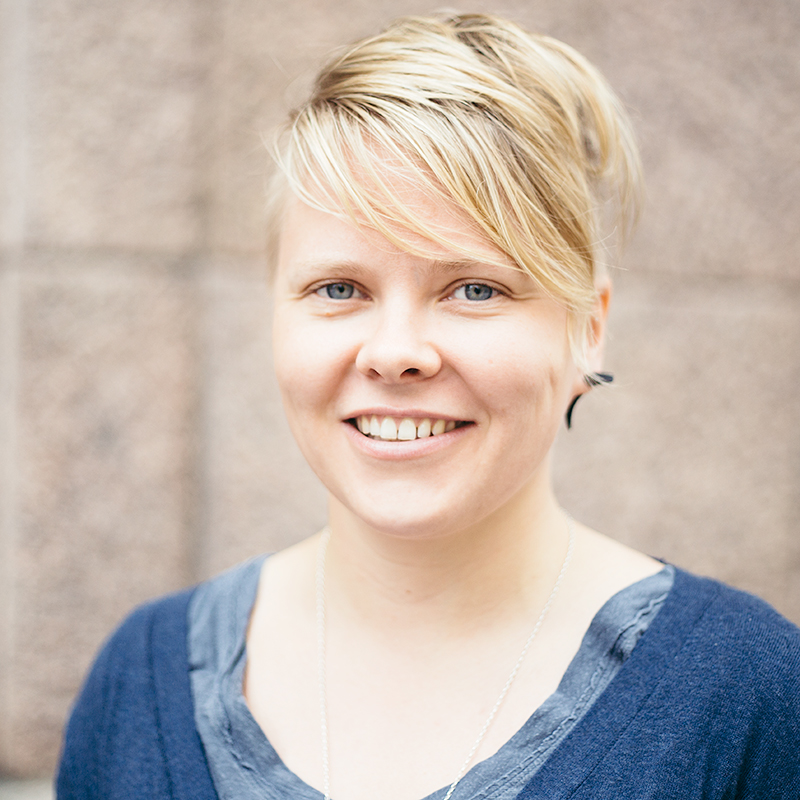

“We need to improve communication everywhere for everyone in healthcare,” says Dr J.A.R. Koot from the University of Groningen.
“We need to improve communication everywhere for everyone in healthcare,” says Dr J.A.R. Koot from the University of Groningen.
Research study on the ability to understand health issues, communicate about health and take decisions about health has had a successful continuum.
Health literacy is the degree to which people are able to access, understand, appraise and communicate information in relation to health and disease.
In Europe, only half of the adult population has sufficient levels of competencies linked to health literacy. In particular, older persons, people with a lower level of education, with lower socio-economic status or from migrant or minority communities face health literacy problems.
The Grundtvig-accredited IROHLA project from 2015 was a research project to study interventions that would strengthen the health literacy of older people in Europe. Health literacy here means the ability to understand health issues, communicate about health and take decisions about health.
Dr J.A.R. Koot from the University of Groningen in Netherlands worked as a project coordinator for IROHLA and now reviews the project.
What were the gains of the project looking back on it after some time?
“On the one hand, the project strengthened the theoretical development of concepts of health literacy and, on the other hand, it looked for practical activities that would strengthen health literacy.
We were able to develop a theory of the best intervention approach, the ‘IROHLA model’. Based on this analysis, collaboration between health professionals and older people is very important to achieving health literacy. Organisations must support individuals to make the results sustainable.
In the project, we also developed practical interventions around training, e-health, websites, assessment tools for health literacy-friendly hospitals, etc. These are ready-made tools that can be used in practice. The results were achieved in 10 European countries where the project took place.
Most of the interventions were aimed at people with low health literacy. However, people with higher levels of literacy also like simple and clear information, and benefit from better communication by health professionals. Overall, in healthcare we need to improve communication everywhere for everyone.”
What kind of continuum has the project had?
“The IMPACCT project continues with education in health literacy for health professionals in Europe. It develops new ways to train health workers to deal with health literacy in their health facility. The IMPACCT project maintains the website of the IROHLA project.
The University of Groningen has introduced health literacy communication as standard in the medical curriculum.
The SUNI-SEA project will start in January 2019 in Asia to increase health literacy among older people in order to reduce diabetes and hypertension. Several partners in Greece, Italy, Ireland and the Netherlands got smaller projects to continue with the work done under the IROHLA project.
IROHLA organised the 3rd European Health Literacy Conference in Brussels in 2015. Now the fourth conference is being organised in Dublin in Ireland in March 2019, with a network of organisations working in health literacy. More and more research organisations are embracing the concept of health literacy and the network is becoming larger and larger.”
Looking back, how would you elaborate or refine the project?
“We perhaps took too much time to develop the theoretical concepts. But that may be wisdom in hindsight. Developments in health literacy research are very fast. Integrating new knowledge in research projects requires flexibility that is not always allowed by the organisation financing the research.
The project concentrated on health literacy for older people. But there is not so much difference between that and health literacy of all generations, except maybe from the perspective of ICT literacy. We could have addressed a broader group of people with low health literacy.”
Author







